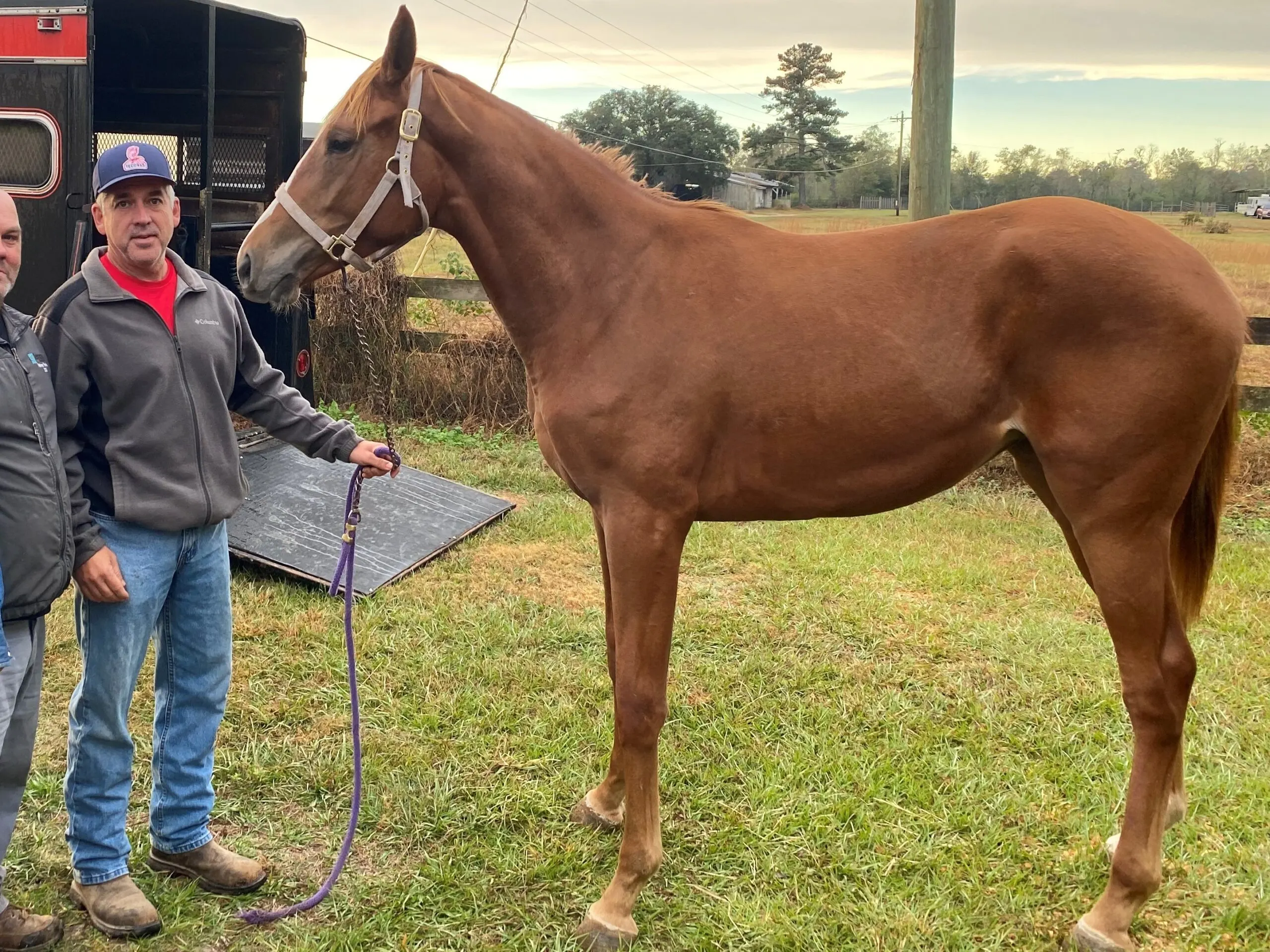Last updated: February 8, 2024
Did you know that the distinction between chestnut and sorrel horses has been a topic of debate among horse enthusiasts for generations? As an avid equestrian, I’ve encountered numerous discussions and differing opinions on whether these terms describe the same color or if they signify distinct hues.
This article delves into the heart of the matter, exploring the nuanced differences and the genetic similarities between chestnut and sorrel horses. Join me as we unravel this colorful mystery, drawing from a wealth of experience and research to provide clarity on a subject as vibrant as the horses themselves.

Chestnut vs Sorrel – Unraveling the Mystery
In the equine world, the distinction between chestnut and sorrel horses is subtle yet significant. Let’s dive into the details to understand these beautiful colors better.
Detailed Comparison of Chestnut and Sorrel Horses:
- Chestnut Horses:
- Color: Deep, rich red shades ranging from a dark mahogany to a lighter red.
- Mane and Tail: Typically the same shade as their body, but can vary in intensity.
- Common in Breeds: Found in almost all horse breeds, including Thoroughbreds and Arabians.
- Sorrel Horses:
- Color: Bright, vibrant copper-red, often with a more luminous quality.
- Mane and Tail: Usually lighter than the body, sometimes flaxen.
- Common in Disciplines: More frequently used in Western riding disciplines.
Characteristics Defining Each Color:
- Chestnut Characteristics:
- Uniformity: The color is generally consistent across the body, mane, and tail.
- Variations: Can include liver chestnuts with very dark, almost brown coats.
- Sorrel Characteristics:
- Brightness: Tends to have a more glowing, vivid red appearance.
- Lighter Mane and Tail: Often contrasted with a lighter mane and tail, adding to their distinct look.
Genetic Basis for Color Variations:
- Shared Genetics: Both chestnut and sorrel horses share the same base genetic makeup.
- Recessive Gene: The ‘ee’ allele is responsible for the red coat color in both.
- Shade Determination: Minor genetic variations and environmental factors influence the specific shade of red, differentiating chestnuts from sorrels.
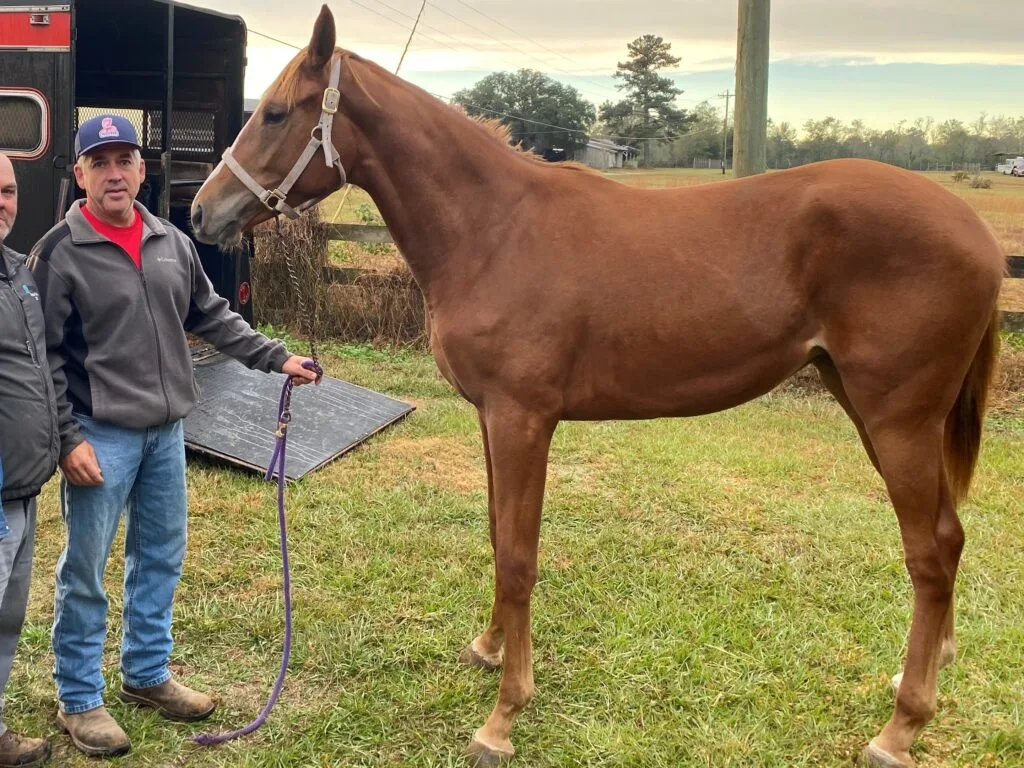
Understanding Chestnut and Sorrel Horses: A Genetic Perspective
The world of equine coat colors is a fascinating display of genetic influence, particularly evident in the chestnut and sorrel variations. By delving into the genetics behind these hues, we gain insight into the diversity and beauty of horses.
Genetic Foundations of Chestnut and Sorrel Hues:
- Basic Genetics: Horse coat colors, including chestnut and sorrel, are determined by a combination of genes from both parents. These genes are responsible for the production and distribution of pigments in the horse’s coat. Read More.
- Chestnut Gene (ee): The chestnut color is a result of the recessive ‘ee’ allele, which suppresses black pigments, leading to the red coat color characteristic of chestnut horses. Read more.
- Variation in Sorrel: Sorrel horses, while genetically similar to chestnuts, display a lighter, more vibrant red. This variation is influenced by additional genetic factors and possibly environmental elements.
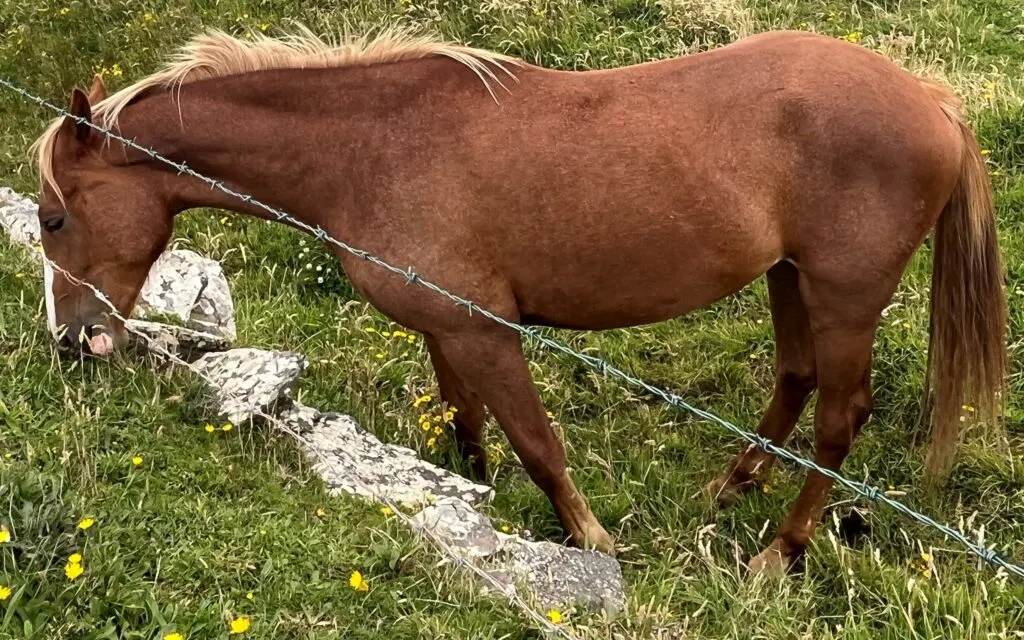
Characteristics and Breeding of Chestnut Horses:
- Shade Range: Chestnut horses exhibit shades ranging from light honey to dark, almost black hues, all characterized by the absence of black hair.
- Skin Pigmentation: Typically, chestnut horses have black skin, although some foals may be born with lighter skin that darkens over time.
- True-Breeding Nature: Breeding two chestnut horses always results in a chestnut foal, demonstrating the true-breeding nature of this color.
- Genetic Identification: Genetically, chestnut horses are identified as Genotypes E e E e A A A ‐ or E e E e A a A a, with the EeEe combination consistently producing chestnut horses. Read More.
Expert Insights and Research:
- Research Insights: Studies in equine genetics reveal that while the base color is determined by specific genes, the exact shade can vary due to other genetic factors and environmental influences.
- Expert Views: Veterinarians and equine geneticists concur that the basic genetic makeup of chestnut and sorrel horses is the same, but minor variations lead to different shades.
The Role of Genetics in Equine Coat Colors
Delving deeper into the world of equine coat colors, it becomes clear that genetics play a pivotal role in determining the vast array of hues we see in horses, including the chestnut and sorrel variations.
Understanding the Genetic Influence:
- Basic Genetics: Horse coat colors are determined by a combination of genes inherited from both parents. These genes control the production and distribution of pigments in the horse’s coat. Read More.
- Dominant and Recessive Genes: The chestnut color is caused by a recessive gene. A horse needs to inherit this gene from both parents to exhibit the chestnut coat. Read More.
Development of Chestnut and Sorrel Hues:
- Chestnut Gene (ee): The presence of two copies of the recessive ‘ee’ allele results in the suppression of black pigments, leading to the red coat color seen in chestnut horses. Read more.
- Variation in Sorrel: While genetically similar to chestnuts, sorrels exhibit a lighter, more vibrant red, influenced by additional genetic factors and possibly environmental elements.
Expert Opinions and Studies:
- Research Insights: Studies in equine genetics have shown that while the base color is determined by specific genes, the exact shade can vary due to other genetic factors and environmental influences.
- Expert Views: Veterinarians and equine geneticists agree that while the basic genetic makeup of chestnut and sorrel horses is the same, minor variations can lead to the different shades observed.
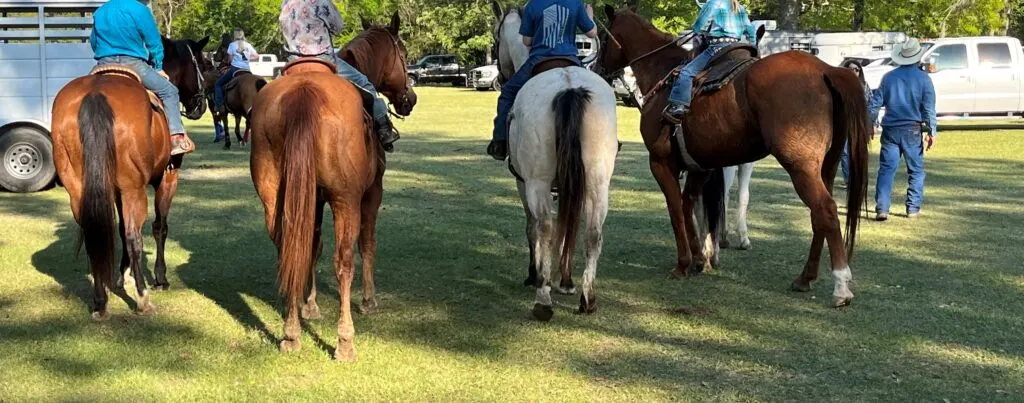
Cultural and Regional Variations in Terminology
The equestrian world is rich with diverse cultures and traditions, each bringing its own perspective to many aspects of horse care and breeding, including the terminology used for coat colors. The names given to horse colors, particularly chestnut and sorrel, can vary significantly across different regions and equestrian disciplines.
Exploring Naming Conventions Across Cultures:
- Western vs. English Disciplines: In Western riding circles, a horse with a bright, copper-red coat is often called a sorrel. In contrast, English riding disciplines tend to refer to both light and dark red horses as chestnuts.
- Regional Differences: The terminology can also vary by region. For instance, in North America, ‘sorrel’ is a commonly used term, whereas, in Europe, the same color is universally referred to as ‘chestnut.’
Understanding the Reasons Behind Different Names:
- Historical Context: The divergence in naming could be rooted in the history and evolution of equestrian sports and horse breeding in different parts of the world.
- Breed Standards: Different horse breeds may have specific standards or classifications for coat colors, influencing the terminology used by breeders and enthusiasts.
- Cultural Preferences: The choice of terms can also reflect cultural preferences and traditions in describing horse colors.
I once retired a racehorse that everyone referred to as a chestnut. However, when I transitioned him into barrel racing, he began to be known as a sorrel. This shift in discipline brought about an interesting change in the terminology used to describe his color. It’s a clear example of how the context and usage within different equestrian circles can influence the nomenclature of a horse’s coat color.

Cultural and Historical Significance of Chestnut and Sorrel Horses
Chestnut and sorrel horses, with their warm reddish-brown and vibrant copper-red coats, respectively hold a special place in the tapestry of equestrian history and culture. These colors are not just visually striking but also carry deep symbolic meanings across various cultures and historical contexts.
Symbolism and Cultural Perceptions:
- Energy and Spirit: Often associated with fire and spirit, chestnut and sorrel horses symbolize energy, enthusiasm, and a spirited nature. They are admired for their radiant hues and vibrant personalities, representing courage, passion, and determination.
- Artistic and Literary Representations: In art and literature, these horses are frequently depicted as the steeds of heroes, reflecting their esteemed status and the qualities they embody, such as zest for life and personal growth.
Historical Context and Regional Variations:
- Europe: Chestnut horses have been linked with nobility and cavalry in European history. Their depiction in medieval tapestries and Renaissance art underlines their revered status.
- North America: In the American West, sorrel horses were particularly favored among cowboys and ranchers, valued for their perceived hardiness and agility.
- Middle East and Asia: In regions renowned for horse breeding, chestnut horses were often prized for their beauty and featured prominently in breeding programs.
The historical and cultural context of these horse colors enriches our understanding of their significance. It highlights how human perceptions of horse colors are deeply intertwined with history, culture, and the evolution of equestrian practices globally.
Below is a YouTube video of a sorrel horse in action.
Iconic Sorrel Horses in History:
- Dash for Cash: Perhaps the most famous sorrel quarter horse, Dash for Cash’s legacy extends beyond his impressive racing career, where he won 21 out of 25 races and earned over $500,000. His true impact was as a sire, where he fathered 145 stakes winners, contributing nearly $40,000,000 to the racing world.
- Dollor: Known for his role alongside John Wayne in “True Grit,” Dollor became an iconic figure in Hollywood. John Wayne’s affection for Dollor was so strong that he called him by his name in another film, “The Shootist.”
- Sport: In the beloved western TV show “Bonanza,” Sport was the sorrel horse ridden by the character Adam for six seasons. Sport was chosen after Adam tried two other horses, highlighting the unique bond between riders and their horses.

The Evolutionary Journey of Horse Coat Colors
- The first horses had coats ranging from yellowish to light brown with dark mane, tails, and limbs, providing camouflage against predators. As horses evolved, appaloosa and black coats developed, leading to a diversity of color characteristics influenced by climate change and geological events.
- With domestication and selective breeding, an explosion of new equine colors emerged. During the copper age, chestnut and black horses became common, and the Bronze Age brought the spectrum of colors found in modern horses.
- Advances in genetics have identified two pigments, black and red, and several genes that produce all the variations of colors in horse coats. These primary colors, bay, black, and chestnut, are further modified by genes such as dilution genes to create the diverse shades and patterns seen today.
FAQs
Can a Thoroughbred be registered as a sorrel?
No, Thoroughbreds with a red coat color cannot be registered as sorrel. The Jockey Club, which manages Thoroughbred registrations, recognizes these horses as chestnut, regardless of the shade of red. The term ‘sorrel’ is not used in their official documentation.
What is the main difference between chestnut and sorrel horses?
Chestnut horses have a deep red coat, while sorrels have a lighter, more vibrant copper-red color.
Are chestnut and sorrel horses genetically the same?
Yes, they are genetically the same, with sorrel being a lighter shade of chestnut.
Do chestnut horses have any black hair?
No, chestnut horses lack black hair; their coat is entirely red shades.
Is the term ‘sorrel’ used more in Western or English riding?
‘Sorrel’ is more commonly used in Western riding disciplines.
Conclusion: Chestnut vs Sorrel Horses
In exploring the fascinating world of chestnut and sorrel horses, we’ve journeyed through a spectrum of colors enriched by genetics, history, and culture. These horses are not just magnificent in appearance but also carry profound symbolic meanings and historical significance across various regions and equestrian disciplines.
Their vibrant hues and spirited nature have captivated the hearts of horse enthusiasts and shaped human-equine relationships for centuries. As we conclude this exploration, I encourage you to look beyond the surface of these stunning equine colors.
Call to Action
Whether you’re a seasoned equestrian, a budding horse enthusiast, or simply an admirer of these majestic creatures, there’s always more to learn and appreciate about the diverse world of horses. Share your experiences and stories about chestnut and sorrel horses, and join the conversation to deepen our collective understanding and appreciation of these remarkable animals.
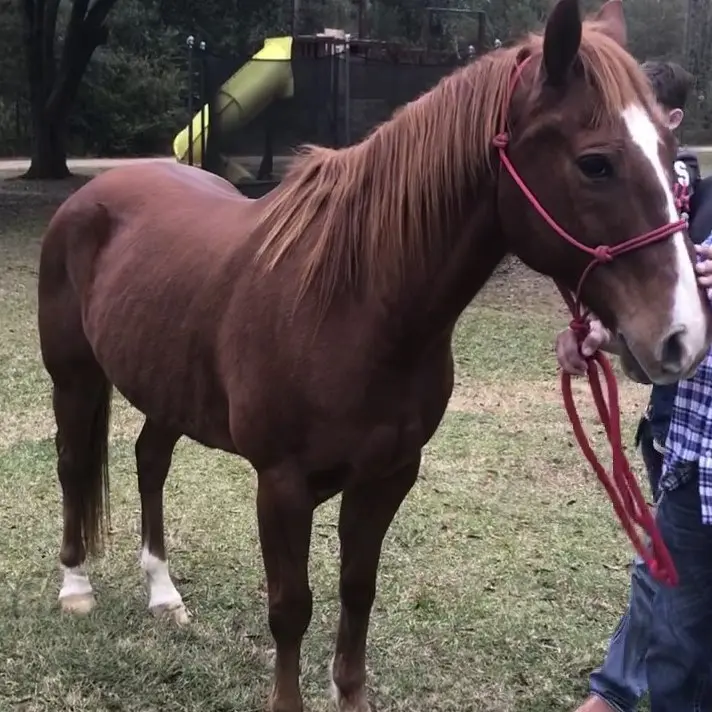
Poll Question
Meet Miles Henry
An avid equestrian and seasoned racehorse owner, Miles Henry brings his extensive experience to the equine world, proudly associating with the AQHA, The Jockey Club, and various other equine organizations. Beyond the racetrack, Miles is an accomplished author, having published various books about horses, and is a recognized authority in the field, with his work cited in multiple publications.
🔗 Connect with Miles:
Twitter
Facebook
YouTube: Check out race highlights, horse care tips, and more!

